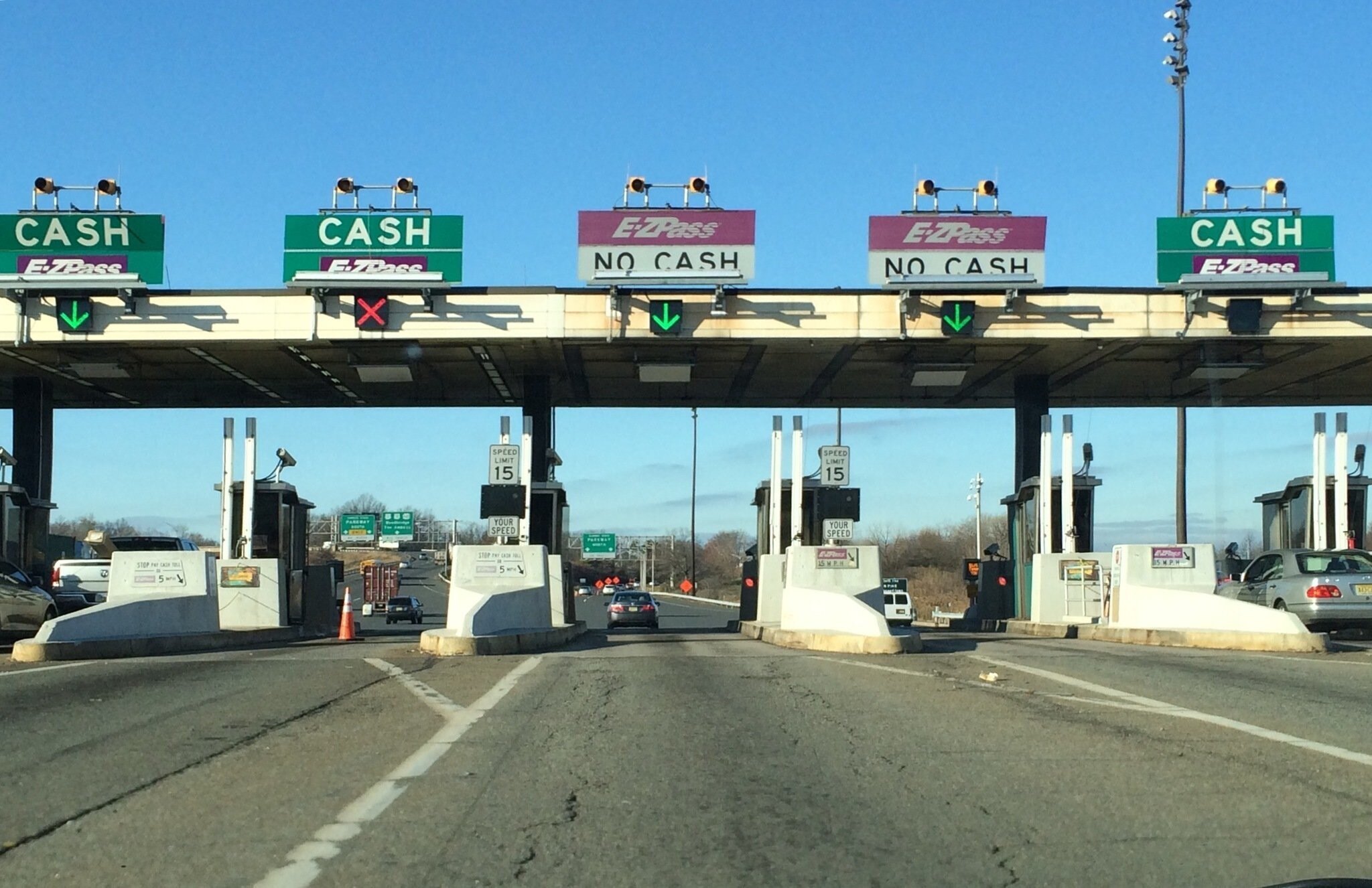Understanding Toll Violations: A Comprehensive Manual for Fleets and their Drivers
The ongoing expansion of tolling systems is an integral part of the transportation infrastructure. Using toll roads, however, can be complex and when something goes wrong, it can be particularly costly when faced with unexpected violation notices. Toll violations can occur for a variety of reasons but almost always lead to paying more than expected in tolls and expensive fees and penalties.
This article sheds light on why violations may occur, as well as strategies for avoiding violations, and tollogic™ as a solution to violation management.
Toll Violations Defined
Violations arise from various scenarios, including technical issues that can occur in toll lanes, misinterpretation of rules, operational and payment issues, or simply human error. What makes it a “violation” is that a toll is not electronically collected as anticipated by the toll authority. The uncollected toll then requires additional work to price it, identify the registered owner/entity of the vehicle, and collect the toll. This also includes instances in which the driver has insufficient funds in their account with the toll authority.
Worst of all, the process for addressing and rectifying toll violations varies significantly across different jurisdictions and toll operators, often leading to confusion and inconsistency in penalty enforcement. It seems the only common denominators for violations are the exorbitant fines and penalties.
Violations and Image Tolls
Now it's not all bad news. The shift towards image tolling, also known as license plate tolls or "cashless" tolling, introduces a more streamlined process, reducing the likelihood of immediate violations. However, this convenience often comes at a cost. Image tolls usually result in individually mailed invoices, and they burden fleet managers with higher rates due to image toll processing fees. An influx of mailed bills, requiring timely payments to avoid escalation into violations, presents a significant administrative challenge. Understanding these nuances is crucial for efficient toll management, and exploring integrated toll management solutions can offer relief by consolidating payments and tracking toll activity in real-time.
The Disparate Nature of Violations Across Toll Agencies
There is an inherent lack of uniformity in toll collection and violation enforcement practices among agencies. Each toll authority operates under its own set of rules and regulations, which can differ widely in terms of violation penalties, dispute resolution processes, and payment systems. While some agencies may offer grace periods for payments or allow for post-payment of tolls after passage, others may enforce strict penalties from the first instance of a violation. This disparity not only complicates the user experience but also amplifies the risk of incurring violations for drivers who frequently travel across regions serviced by multiple toll operators.
This disparity is most notably seen in New York and New Jersey with drivers who do not have a toll transponder, nor are their license plates registered with a toll authority in either state. If a driver passes through a cashless tolling point in New York, the system will capture the vehicle’s license plate and issue a Toll by Mail invoice, asking for the full toll amount to be paid. But in New Jersey, where cashless tolling isn't fully implemented, if a driver’s license plate is not recognized NJ may send a violation notice, including the toll and an additional penalty fee.
Identifying and Paying Violation Fees
While the nationwide shift towards electronic toll collection systems enhances efficiency by eliminating the need for toll booths and reducing traffic congestion, it simultaneously removes the immediate feedback drivers previously received at toll plazas. As a result, drivers often remain unaware of toll violations until the notice arrives by mail, which can take weeks after the incident.
This delay is particularly problematic for fleet managers and lessees, who receive notifications even later due to the notices being sent to the vehicle's registered owner first. Consequently, by the time the violation notice reaches the person responsible for payment, the initial due date may have already passed, complicating the payment process and potentially leading to additional penalties.
Tollogic: Bridging the Gap with Technology
By seamlessly integrating agency toll statements with GPS telematic data, tollogic provides a dual-layer verification mechanism to ensure accuracy in toll charges. This innovative approach enables the detection of discrepancies between tolls recorded by agencies and the actual routes taken by the vehicles, as captured by GPS data.
The core functionality of tollogic centers on its ability to identify instances where a toll charge does not correspond with GPS telematic data, indicating a potential error or oversight in the tolling process. If the system finds a GPS record of toll road usage, but there is no corresponding toll on the agency statement, it signals a likely violation due to some form of non-compliance. This insight allows drivers and fleet managers to proactively address discrepancies before they escalate into violations.
Stay Ahead of Violations
The advent of toll roads has undeniably facilitated more efficient transportation corridors, yet the management of toll payments and violations remains a complex domain fraught with challenges. Toll violations, with their varied causes and the inconsistent practices of toll agencies, represent a significant hurdle for drivers and businesses. However, the introduction of tollogic™ signifies a significant stride towards simplifying this landscape. By minimizing the risk of incurring toll violations, tollogic offers significant benefits, including cost savings, reduced administrative burdens, and enhanced operational efficiency. For businesses, particularly those operating fleets of vehicles, the ability to preemptively identify and address toll discrepancies can result in substantial financial and operational advantages.



